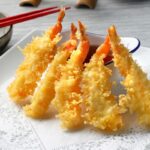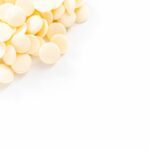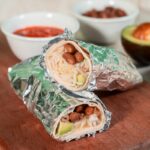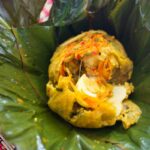Most sushi fans probably assume they have a good idea of what wasabi is. It’s that green paste you get on the side of your bowl that makes your nose feel on fire, right?
Celebrated as a side for Japanese food, wasabi has a powerful heat, a light sweetness, and a zingy flavor.
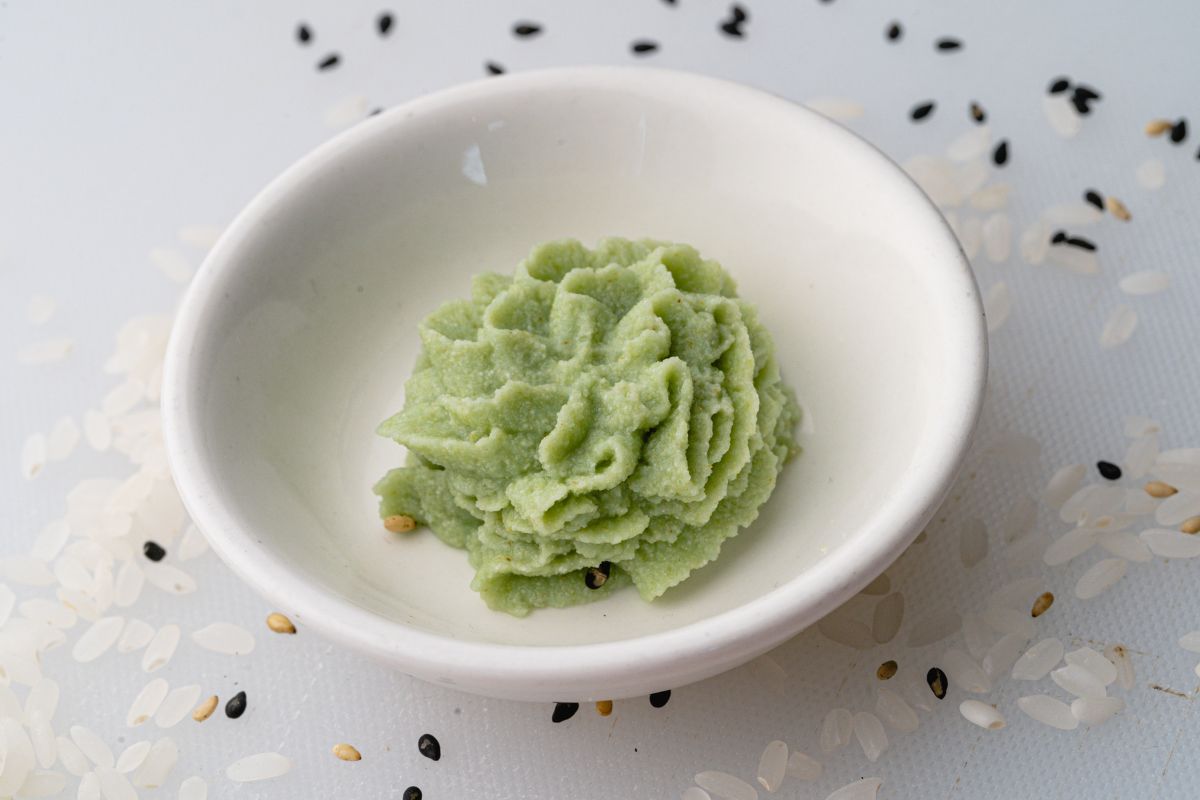
In fact, if you live outside Japan, there’s a good chance you’ve never tried real wasabi! Wasabi is notoriously difficult to grow and incredibly popular. With demand far outstripping production, most of us are more familiar with fake wasabi!
Want to know more? In this guide, we’ll take a look at what wasabi actually is, what you might have been eating instead, and how to tell the difference between fake and real wasabi.
All About Wasabi
Wasabi, aka Eutrema japonicum or Wasabi japonica, is a plant in the family Brassicaceae. It’s known as Japanese horseradish, because of its spicy flavor and its native home of Japan.
You’re most likely to come across wasabi when eating sushi.
The wasabi plant is grown for its rhizomes. These underground stems are responsible for the bright and quick heat of wasabi. It takes its spiciness from allyl isothiocyanate, which stimulates the receptors in our nose!
When most of us think of wasabi, we think of heat. Real wasabi has a quick heat that comes as a sudden hit and fades fast. The taste starts out bright and pungent but mellows quickly.
Because of this, wasabi can complement delicate flavors like fish, without overwhelming them.
Wasabi has been used in cookery since at least the 8th Century AD. Some areas of Japan have been used for wasabi cultivation for hundreds of years. It’s very difficult to farm, making even thin slivers of wasabi pretty expensive.
Wasabi is always served fresh, or it will start to lose its zing. Typically, it’s grated fresh onto your food. If exposed to the air for too long, the zip and pizzazz of wasabi will start to fade.
Why Is Wasabi So Expensive?
Wasabi is notoriously difficult to cultivate. The stems need to be submerged in running water, which is why they tend to be grown along river beds and streams.
But they also hate direct sunlight and love high humidity levels, preferring to live in the shade.
Even if you find ideal conditions, it takes around 2 to 3 years for a wasabi rhizome to reach maturity. That’s a long time to maintain tricky conditions before harvesting!
Because of this, the majority of wasabi is grown in Japan, primarily in the Shizuoka prefecture. Small-scale wasabi production has occurred in other parts of the world, including the United States, but it’s very tricky.
In Japan, some wasabi cultivation habitats have been used in production for hundreds of years.
All of this means that demand far outstrips production. People love adding a hit of heat to their sashimi, but if you want to use real wasabi, expect a high price. Luckily, wasabi can also act as a smelling salt, if the bill leaves you a little weak!
With real wasabi complex to produce and expensive to buy, fake wasabi is an easy solution.
What Is Fake Wasabi?
Outside of Japan — and incredibly high-end restaurants — you’re most likely to be served fake wasabi. This is made from horseradish, turned green with artificial coloring. Fake wasabi is commonly used at sushi restaurants.
Horseradish and wasabi both come from the same family — Brassicaceae. So, it makes sense to switch from expensive wasabi to the much more affordable horseradish.
Also in this family are radish and mustard, which are sometimes used in wasabi replacements.
Fake wasabi tends to be served as a paste. Food coloring is used to achieve the distinctive green of wasabi, making it stand out on your sushi platter!
To give this fake wasabi a little more texture, it’s sometimes made with flour, cornstarch, or similar thickening ages.
Fake wasabi has a similar pungent punch of heat as real wasabi. However, the taste can be stronger, and the heat tends to linger in the mouth more. You only need a small amount of fake wasabi with your fish.

How Can You Tell The Difference Between Real And Fake Wasabi?
It is possible to tell if you’re eating real or fake wasabi! The first way to tell the difference between real and fake wasabi is texture. Fake wasabi is typically pureed. It will have a thick and smooth texture.
Real wasabi is grated fresh to maintain optimum zing. It will have a gritty texture, due to being grated into fine shreds.
Next is placement. Fake wasabi will often be served in a side dish with your chosen sushi. At a high-end restaurant, real wasabi will be grated and placed between the fish and rice.
Third, flavor. While wasabi and horseradish both bring heat, horseradish lingers for longer in the mouth. Real wasabi has a much cleaner, brighter taste on your palate.
Finally, consider where you’re eating it! If you’re paying for expensive sushi in Japan, it’s probably real wasabi. If you’re enjoying a quick bite of sashimi in a local favorite, then it’s likely to be horseradish.
Conclusion
Exceptionally hard to cultivate, wasabi is much rarer than you might realize! Most sushi lovers outside Japan will have never tried real wasabi.
While its bright and fast heat makes an excellent pairing for sushi, wasabi is often replaced with horseradish.
How do you like to enjoy wasabi?
Frequently Asked Questions
Real wasabi has a spicy heat that you mostly feel in the nose. It has a bright taste with a touch of sweetness and a slight pungency. The intense but quickly fading flavor complements fish without upstaging it.
Wasabi is similar in flavor to horseradish, but the taste profile is slightly more complex.
Wasabi is spicy because it contains a compound known as allyl isothiocyanate. This compound, originally developed by the plant as a defense mechanism, provides a sharp heat you can feel in the nose.
However, the heat is short-lived! Eat some sushi, and it should fade.
- How To Reheat A Cheesesteak - November 5, 2023
- What Are Three Must Have Kitchen Knives? - September 22, 2023
- How To Protect Edges Of Pie Crust - June 15, 2023

